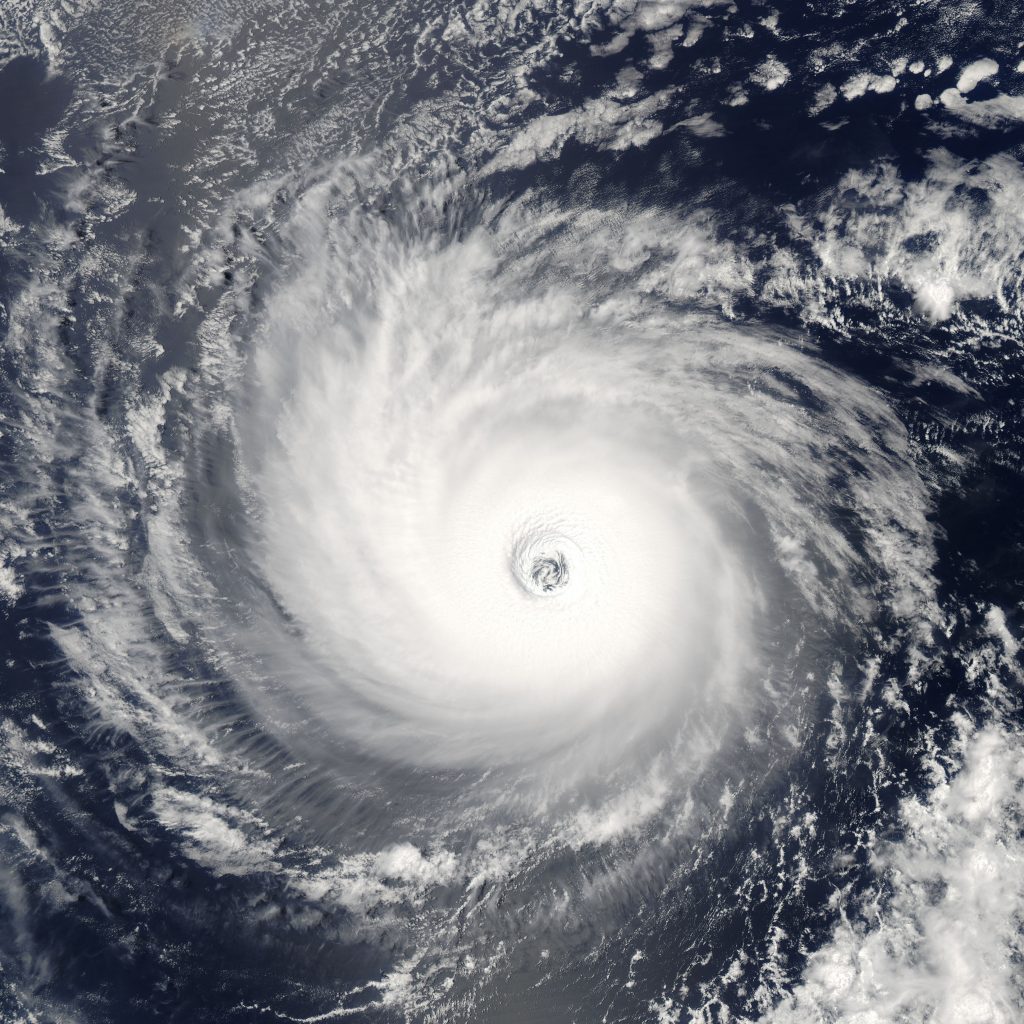Cyclone Chapala—a rare Middle Eastern cyclone—is poised to make landfall in Yemen as a Category 1 or 2 storm early Tuesday morning. It brings a dangerous storm surge, torrential rain, flooding and mudslides to Mukalla, a coastal city of 300,000 people who have likely never experienced a storm of this magnitude. It has already taken three lives in Socotra, an island 368 km off Yemen’s coast.
If predictions prove correct, Chapala will be the first ever hurricane-strength cyclone on record to hit Yemen and has the potential to cause significant damage and loss of life. The eye of Chapala will likely pass 50 miles south of Mukalla, producing a two meter storm surge and 500mm (20 in) of rainfall in a 48 hour period, five times greater than its average rainfall over an entire year, 100mm (4in).
Cyclone Gonu in 2007 is the only hurricane-strength cyclone in modern records to affect the Arabian Peninsula, and there are only four observations in the scientific literature of tropical storm surge or storm tide in the Arabian Sea. Chapala is fed by record warm ocean temperatures fueled by an extreme El Niño and boosted by global warming.
As stated by Bob Henson at Weather Underground, “It is difficult to overstate the rarity and gravity of this event: a hurricane-strength storm striking near a large, ancient city, situated near mountains, with no modern experience in dealing with tropical cyclones. Although Hurricane Patricia got much more media attention, Chapala may end up bringing more damage and misery by far.”
For more detailed information on how climate change impacts hurricanes, see Climate Nexus’ Hurricane backgrounder.
- Sea surface temperatures along the path of Cyclone Chapala are at record levels.
- Climate projections show a substantial 46 percent increase in cyclone frequency over the Arabian Sea by the end of the century.
- Climate change loads hurricanes with additional moisture, intensifying rainfall and raising the risk of flooding.
- There is strong evidence that climate change increases the frequency of the most intense cyclones, the winds of which incur exponentially greater damage compared to lesser cyclones.
- Due to the combined impact of an extreme El Niño and climate change, 2015 has been a record year for tropical cyclones in the Northern Hemisphere.


